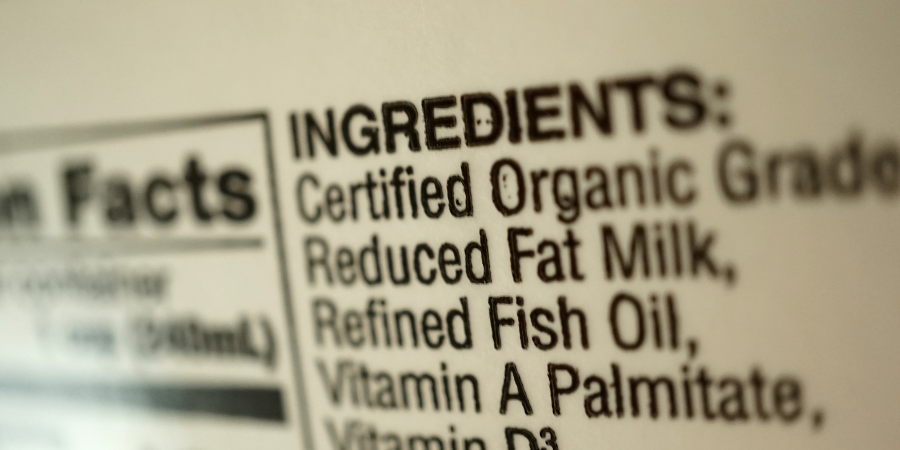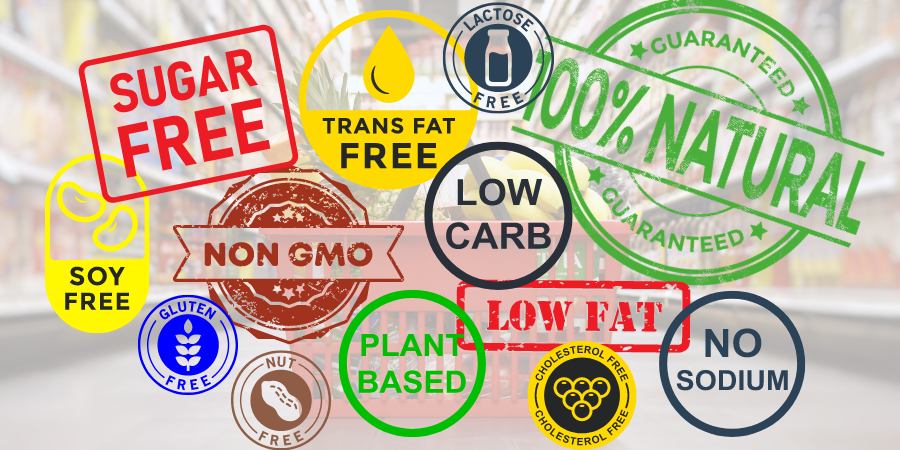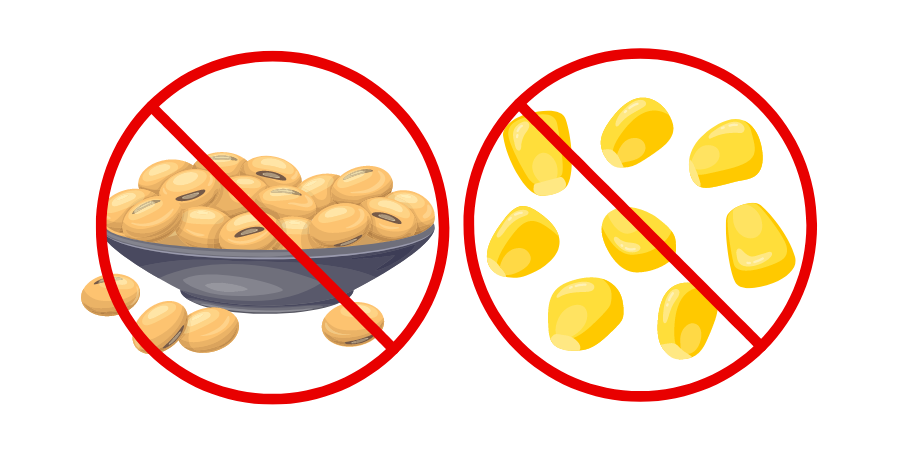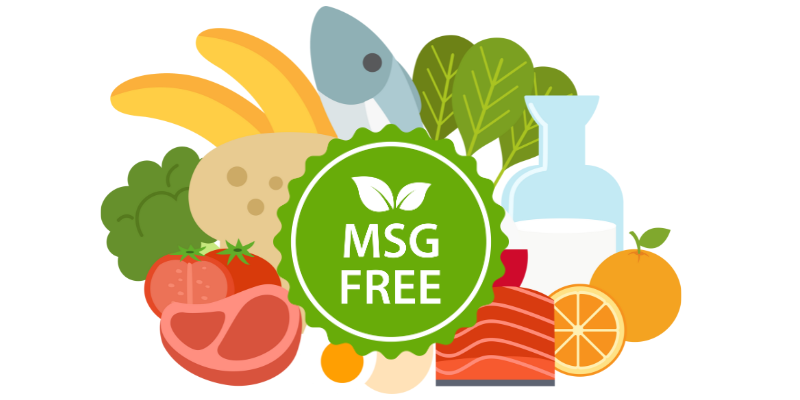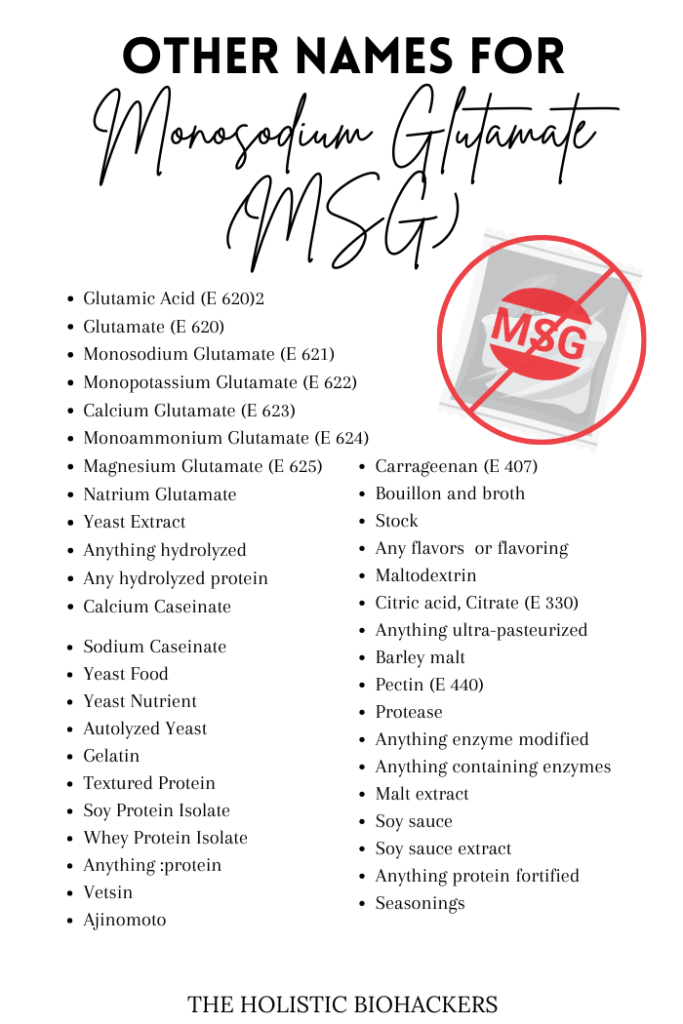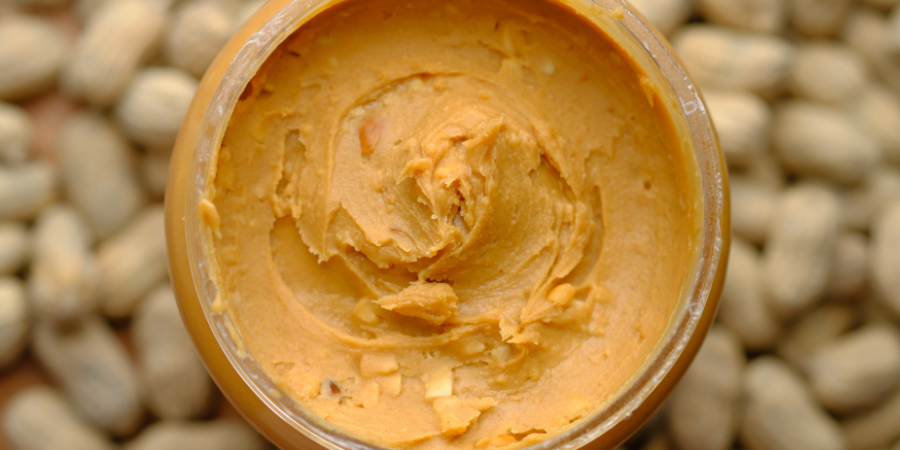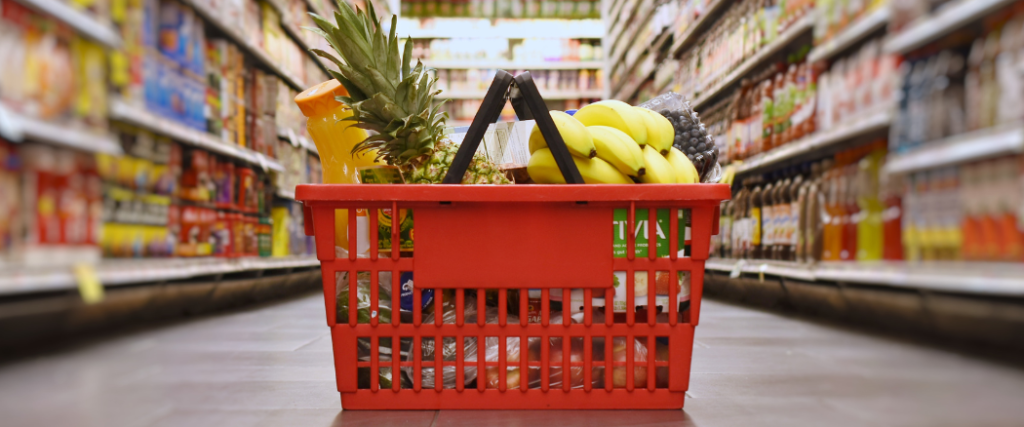
The 6 Most Toxic Ingredients to Avoid in Food Labels
This post is all about the most unhealthy ingredients to avoid in food labels and how to spot them.
Jump to:
Navigating the world of nutrition labels can be like learning a new language. To make clean and nutritious choices, knowing what to look for on food labels is crucial to understanding what you are putting into you and your family’s bodies.
This food label guide will primarily focus on what ingredients to watch out for and tips and tricks to master choosing the healthiest possible foods.
The Importance of the Ingredients List
The truth about how healthy a food actually is lies in the ingredients list.
It is required by law that food companies provide consumers an “ingredient’s list” consisting of exactly what is in their products. This list is ordered by what is in the greatest amount first, followed by what is in the smallest amount.
This list provides a clear picture of what you’re actually eating- despite what the front of the packaging claims.
Although it may seem easy enough to read and understand nutrition labels, food producers have become very sneaky with how they label their packaging. Many times, after reading the ingredient’s list and understanding what to look for, you will find that the foods you thought were healthy are actually very unhealthy.
Let’s dive into the top most toxic ingredients to avoid in food labels:
Ingredients to Watch Out For
1. Soy and Corn
Soy and corn are of the most heavily modified foods you can find and are used in THOUSANDS of food products across the world.
If your food product contains soy or corn that is not certified “organic”, it is GMO (genetically modified).
These ingredients include:
- Corn flour
- Corn syrup
- Cornstarch
- Corn oil
- Soy protein
- Soybean oil
- Isolated soy
- Soy flour
- and SO MANY MORE.
According to multiple scientific studies, corn and soy derivatives have been found to have many negative effects including:
- Damage to brain cells
- Allergic reactions
- Irritable bowel syndrome (IBS), Crohn’s
- Obesity
- Type II diabetes
- Reproductive issues
- Possible birth defects
TIP: Always choose organic if corn or soy is in the name such as organic tofu, organic soy milk and most popcorn.
2. Oils
Many highly processed oils are hidden in salad dressings, popcorn, processed cheese, fried foods, chips, etc.
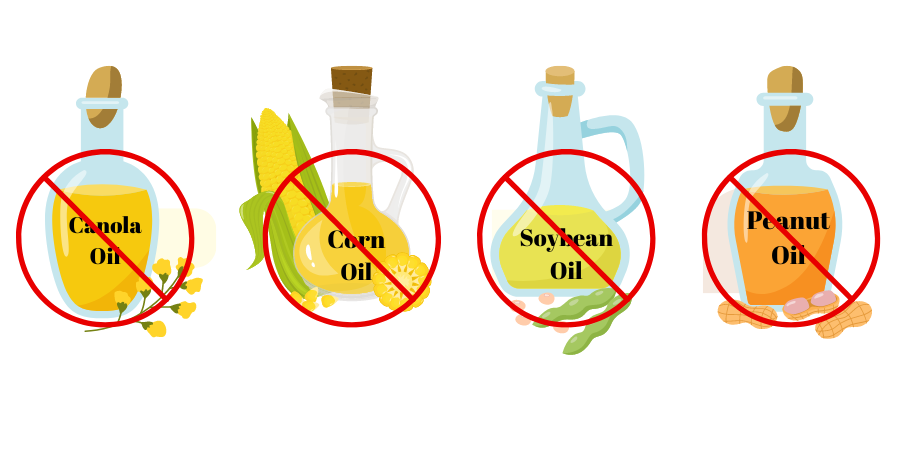 These oils are highly processed and GMO (genetically modified) and have been found to lead to excessive inflammation, hormone disruption, Celiac disease, cellulite, strokes, asthma and much more.
These oils are highly processed and GMO (genetically modified) and have been found to lead to excessive inflammation, hormone disruption, Celiac disease, cellulite, strokes, asthma and much more.
Oils to avoid include:
- Canola oil
- Soybean oil
- Corn oil
- Safflower oil
- Peanut oil
TIP: Opt for healthier oils such as extra virgin olive oil, coconut oil, and avocado oil. These oils not only have more nutritional value, but studies (1, 2) have shown they have actually have healing properties.
Benefits of these oils include:
Lower blood sugar
Lower cholesterol
Decreased inflammation
Reduced BMI
Lower cancer risk
3. Sugars
Nutrition labels are required to inform you of how much sugar is in a food item. However, they are not required to differentiate to you the naturally occurring sugars from the added sugars.
Sometimes identifying added sugars in your foods isn’t as easy as it sounds. There are over SIXTY different names that can be used.
Names of added sugars include:
- Syrups: high- fructose corn syrup, rice syrup, etc.
- Words that end in “-ose”: sucralose, fructose, maltose, dextrose, etc.
- Artificial sweeteners: aspartame, saccharin, etc.
- Sugar alcohols: erythritol, maltitol, sorbitol, xylitolc.
- “Fruit nectar”
- “Concentrates of juices”
TIP: The best sugar options are:
Stevia
Monk fruit
Raw honey
Raw maple syrup
And if all else fails…. opt for raw cane sugar. Yes! Even raw granulated sugar is healthier than the sugar substitutes above.
All of these options are derived from natural plant sources, are minimally processed and have very few health side effects.
4. Monosodium Glutamate (MSG)
Monosodium glutamate is found naturally in savory foods such as tomatoes and cheeses. However, food producers include this additive in processed foods such as canned soup, chips, condiments and fast foods to enhance flavor.
Although the U.S. Food and Drug Administration (FDA) has classified MSG as “generally safe”, studies have found that this ingredient is linked to headaches, dizziness, heart palpitations, obesity, liver damage and reproductive problems.
TIP: Unfortunately, there are many names for MSG. Be on the lookout for these ingredient names:
5. “Natural” Flavors
The term “natural flavors” may be one of the most misleading claims of all.
Unfortunately, “natural” flavors are not regulated by the FDA. They do contain some natural ingredients from plant and animal sources but are often mixed with other additives, chemicals and preservatives.
Even worse, companies are not required to disclose what is in their “natural” flavoring. They are allowed up to 100 different ingredients including monosodium glutamate (or MSG).
TIP: Try to choose items that do not contain “natural flavors” as an ingredient. And if you have to, make sure they are organic natural flavors. Organic natural flavors contain 95% organically grown ingredients with no harmful additives.
6. Emulsifiers & Thickeners
Emulsifiers: These are used to mix two ingredients that normally do not go together -ex: oil and water.
Thickeners: These help to improve texture, enhance flavor and increase food’s shelf life.
Most emulsifiers and thickeners have been shown to not only have a higher glycemic index than table sugar, but also promote intestinal inflammation, metabolic abnormalities, have harmful effects on the gut microbiome and give you an increased risk for cancer.
These ingredients include:
- Carrageenan
- Guarer Gum
- Xanthum Gum
- Soy lecithin
- Maltodextrin
- Methyl cellulose
TIP: Unfortunately, completely cutting out emulsifiers and thickeners can be nearly impossible due to their prevalence in today’s food items.
If possible, choose products that contain natural emulsifiers and thickeners such as:
Milk
Aquafaba
Arrowroot powder
Chia seeds
Final Thoughts
The Less Ingredients, the Better: The easiest and best thing you can do is choose food items with fewer ingredients. A good rule of thumb is to follow the Five Ingredient Rule– food items with 5 or fewer ingredients. These items are less likely to have highly processed ingredients such as the ones mentioned above.
- Choose More Fresh Produce: Stick to the perimeter of the grocery store instead of the isles. And if you want really fresh produce, try your local farmer’s market!
- Start Cooking: Life is busy. But when you have time, make your foods from scratch at home. There are tons of easy, healthy recipes that contain no additional additives!

